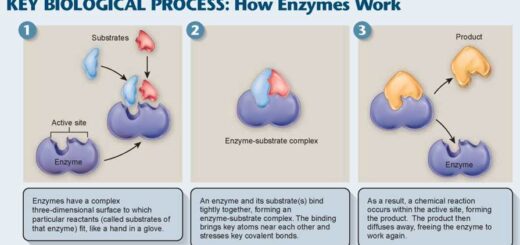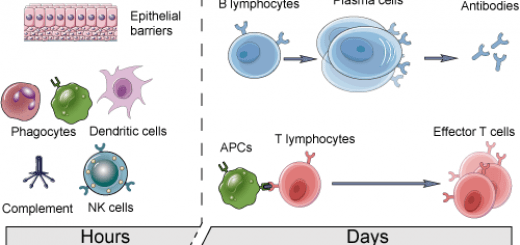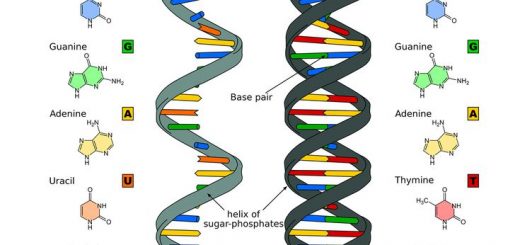Body fluid exchange, The electrical characteristic of the cells, Osmosis and Filtration
Body fluids, or biofluids are liquids within the human body. In healthy adult men, the total body water is about 60% (60–67%) of the total body weight, it is lower in women. The movement of water and ions across the cell membrane occurs either by diffusion or active transport. The exchange of body fluids is affected by two major forces, osmosis, and filtration.
Osmosis
Osmosis is the diffusion of a solvent, such as water, through a selectively permeable membrane to the other side in which there is a higher concentration of the solute to which the membrane is impermeable. Osmosis takes place whenever the water concentration differs on the two sides of the membrane.
Osmotic pressure
Osmosis pressure is the pressure needed in the concentration solution to prevent water movement from the diluted side. It is determined by the number of particles per unit volume of fluid, not by the mass of the particles. To express the concentration of a solution in terms of numbers of particles, the unit used is called the osmole. One osmole is 1 gram molecular weight of osmotically active solute of the undissociated solute e.g. Glucose.
Osmole = 1000 milliosmole
The osmolarity is the total concentration of all solute particles in the solution. It is the osmolar concentration expressed as osmoles/L of solution. The normal osmolarity of the extracellular and intracellular fluids is about 300 milliosmoles/L of water.
If we have an impermeable membrane for solutes as plasma membranes of living cells, water quickly diffuses from the low-concentration side to the high-concentration side and continues to do so until its concentration is the same on the two sides of the membrane. The movement of water leads to dramatic changes in the volumes of the two compartments. Osmotic imbalances cause cells to swell or shrink. The tonicity is the ability of the solution to change the shape of cells by altering their internal water volume.
Solutions with the same concentrations of non-penetrating solutes as those found in cells (0.9% saline or 5% glucose) are isotonic. Cells exposed to such solutions retain their normal shape and exhibit no loss or gain of water. Solutions with a higher concentration of non-penetrating solutes than seen in the cell (a strong saline solution) are hypertonic. Cells placed in a hypotonic solution swell rapidly as water rushes into them.
Filtration
Filtration is the process that forces water and solutes through a membrane or capillary wall by the hydrostatic pressure. Like diffusion, filtration is a passive transport process. The driving force for filtration is a pressure gradient that pushes solute-containing fluid (filtrate) from a higher-pressure area to a lower-pressure area.
The electrical characteristic of the cells
In their resting state, all body cells have a certain characteristic: they exhibit a resting membrane potential that typically ranges from −50 to −100 millivolts (mV), depending on cell type. Hence, all cells are said to be polarized, The minus sign before the voltage indicates that the inside of the cell is negative compared to its outside.
Causes of resting membrane potential
- Selective permeability across the cell membrane.
- Active Na+-K+ pump.
Selective permeability across the cell membrane
K+ and protein anions predominate inside the body cells and the extracellular fluid contains relatively more Na+, Cl−, and HCO3−. The plasma membrane is somewhat permeable to K+ because of leakage channels, but absolutely impermeable to the protein anions. Potassium, therefore, diffuses out of the cell along its concentration gradient but the protein anions are unable to follow and the membrane interior is more negative.
In many cells, sodium also contributes to the resting membrane potential, Sodium is strongly attracted to the cell interior by its concentration gradient, however, the membrane is much more permeable to K+ than to Na+. In most cells, Cl− does not contribute to the resting membrane potential because, even though the membrane is permeable to Cl−, its entry is resisted by the negative charge of the interior due to protein anions. Consequently, the diffusion of K+ across the plasma membrane is resisted somewhat by the positive charge on the cell exterior.
Histology, Molecular structure of the cell membrane, Cell function & structure
Types of Transport through cell membranes, Active transport, Simple & Facilitated diffusion
Vesicular transport of Macromolecules across the cell membrane, Endocytosis & Exocytosis
Parts of cell & How can the cell perform its functions?
Non-membranous organelles and membranous organelles in the cytoplasm



